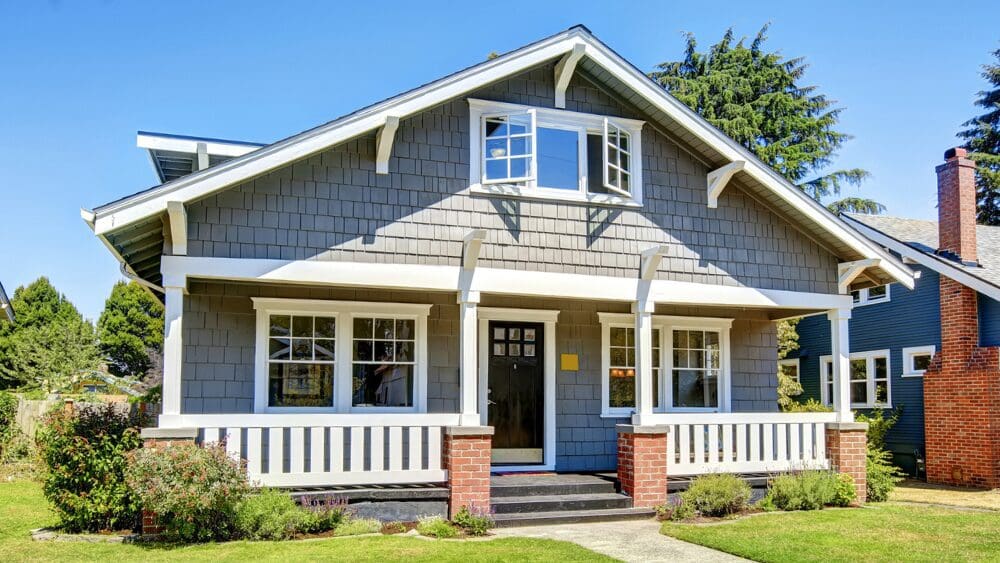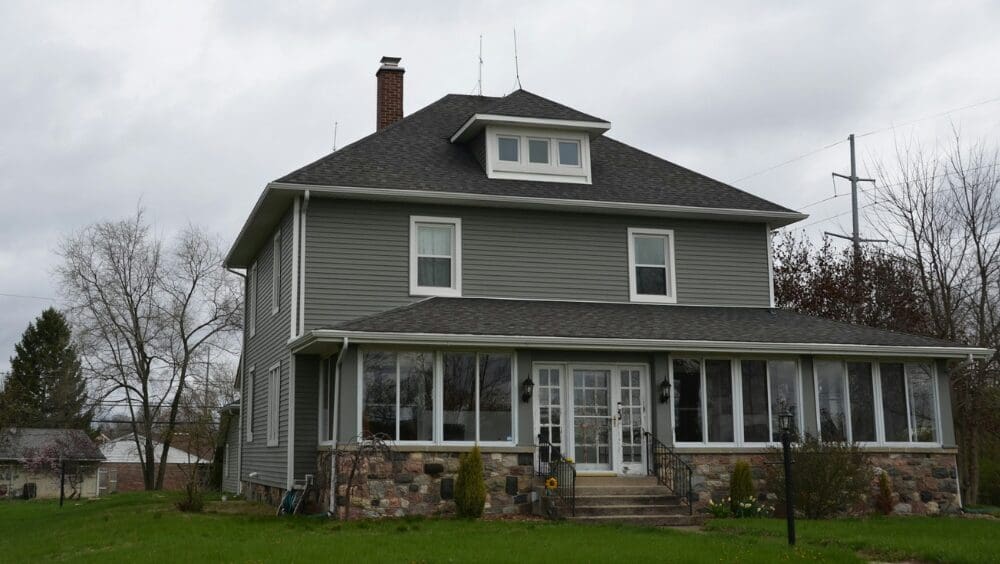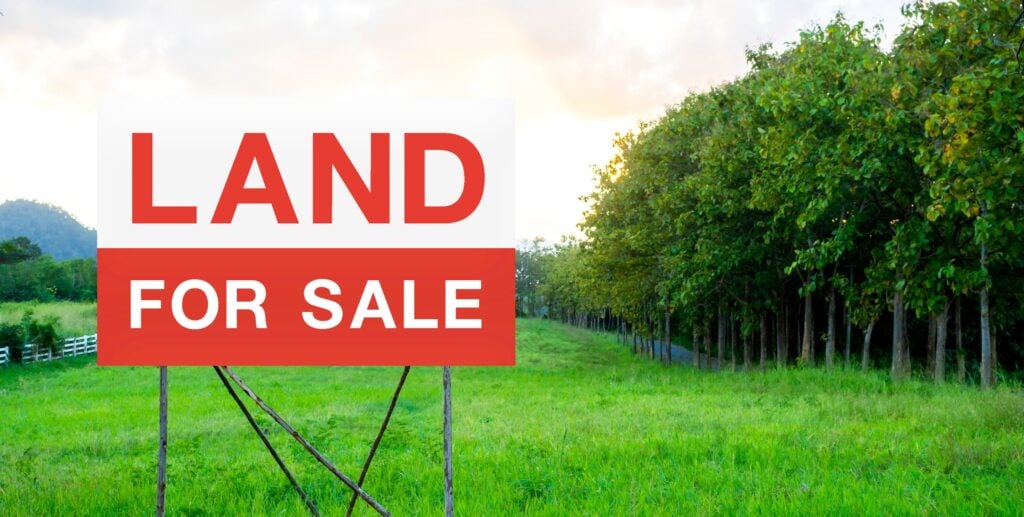The land size of sold properties is declining and buyer search patterns are aligning with this trend reflecting changes in economic, demographic, and planning factors over the past decade.
New data from PropTrack shows that the median land size of houses sold nationwide has been trending downwards since 2015.
In 2015, a typical house that transacted had a land area of 670sqm. This figure has steadily decreased over time with the median land area of a house down to 645sqm in the past year.
The decline is likely a result of new homes being built on smaller blocks which is a product of many factors.
One key driver is population growth. Since 2015, Australia's population has risen by 15%, according to the Australian Bureau of Statistics. It is projected to increase by another 16% over the next decade.
The increase in population naturally increases demand for housing, especially in metro areas where the majority of Australians live. With land supply constrained by geographic boundaries, planning and zoning restrictions, land and ultimately housing costs tend to rise.
In order to keep prices within reach of Australians, many new houses have reduced land areas.
Block sizes are reducing to maintain affordability and maximise land-use. Picture: Getty
In recent years, state governments have also implemented a number of zoning reforms to encourage the "infill" of suburbs close to transport and amenities. This includes increasing the areas in which low and mid-rise houses are able to be built. As a result, more townhouse and duplex projects have emerged, typically on smaller subdivided blocks to maximise land use in these areas.
These changes have contributed to a faster decline in house block sizes in capital cities compared with regional areas.
The decline in block sizes has produced an interesting parallel in buyer behaviour, with buyers adjusting expectations to align with reduced land sizes.
Buyers are searching for properties on smaller blocks
In 2020, the most searched property type was a house with four bedrooms and two bathrooms on a 600 sqm block. The second most searched was a house with four bedrooms and two bathrooms on a 500 sqm block, followed by three-bedroom, two-bathroom houses on a 500 sqm block.
From 2021 onwards, buyer search preferences have shifted with the most popular land size and configuration consistently being a 500sqm house with four bedrooms, two bathrooms. Larger 600 sqm blocks have since fallen out of the top three, replaced by smaller 400 sqm blocks with four bedrooms and two bathrooms, which became increasingly popular in 2024 and 2025.
While the change in searches has likely been influenced in part by the properties available on the market, the decreasing affordability of large blocks is another probable driver, particularly in the capital cities.
With fewer new houses being built on large blocks and the supply of existing ones remaining largely unchanged, the cost of larger houses tend to be higher.
In the face of affordability pressures, buyers have had to turn to houses on smaller blocks, leading to increased demand for these properties.
Although land sizes have declined over the years, an important detail to highlight is that the size of new houses have remained fairly stable.
House sizes remain steady despite land area trending downwards
At a national level, the average floor area of a newly built house is currently 241 sqm. Over the past decade, the interior area of a house has consistently ranged between 230 sqm and 240 sqm.
This has also been evident at a state level with new houses in most states showing little change and in some cases an increase in house size since 2015.
While there has been a shift from private backyards to shared communal and green spaces in recent years, internal living spaces are still a priority for buyers and also developers who are focused on maximising land-use.
What homes could look like in the next decade
In the next decade, the composition of our cities is likely to evolve further with an increase in semi-detached and attached dwellings (townhouses and apartments), underpinned by planning and zoning reforms. The block size of detached dwellings (houses) are projected to continue trending downward as land becomes more scarce and less affordable.
As houses on smaller blocks become more prevalent and account for a larger proportion of properties on the market, buyer preferences may shift even more towards compact plots.
Despite this, we expect house sizes to remain relatively unchanged in the coming years as Australians continue to value generous internal living spaces.



















 English (US) ·
English (US) ·